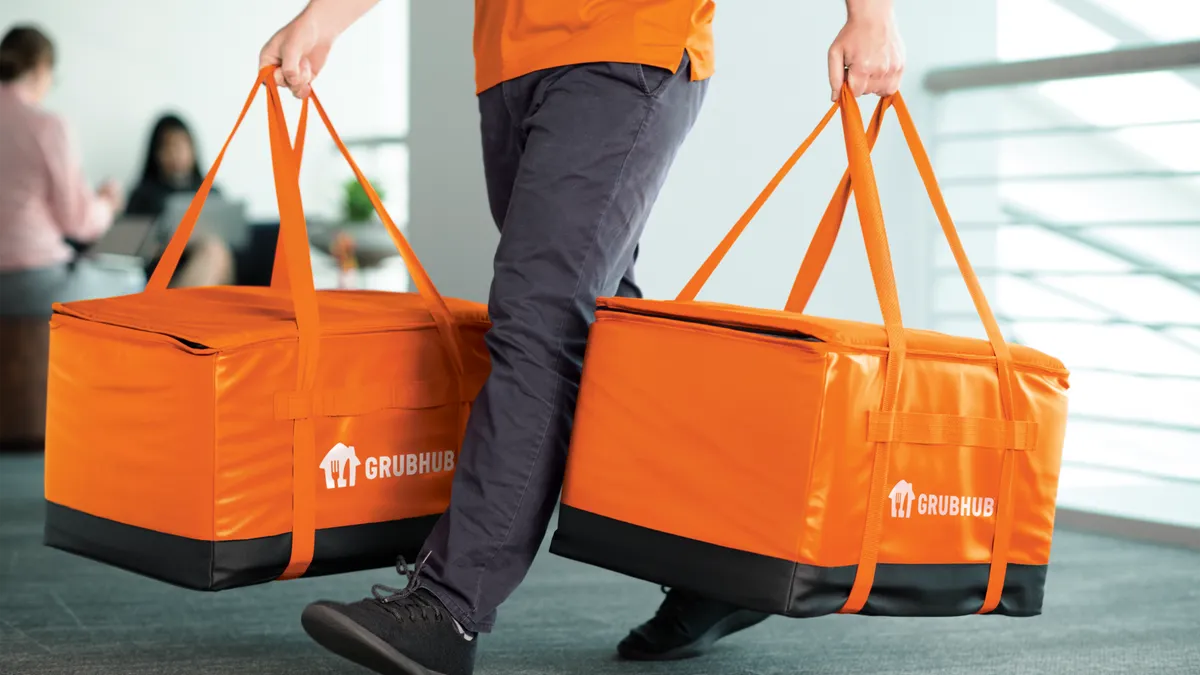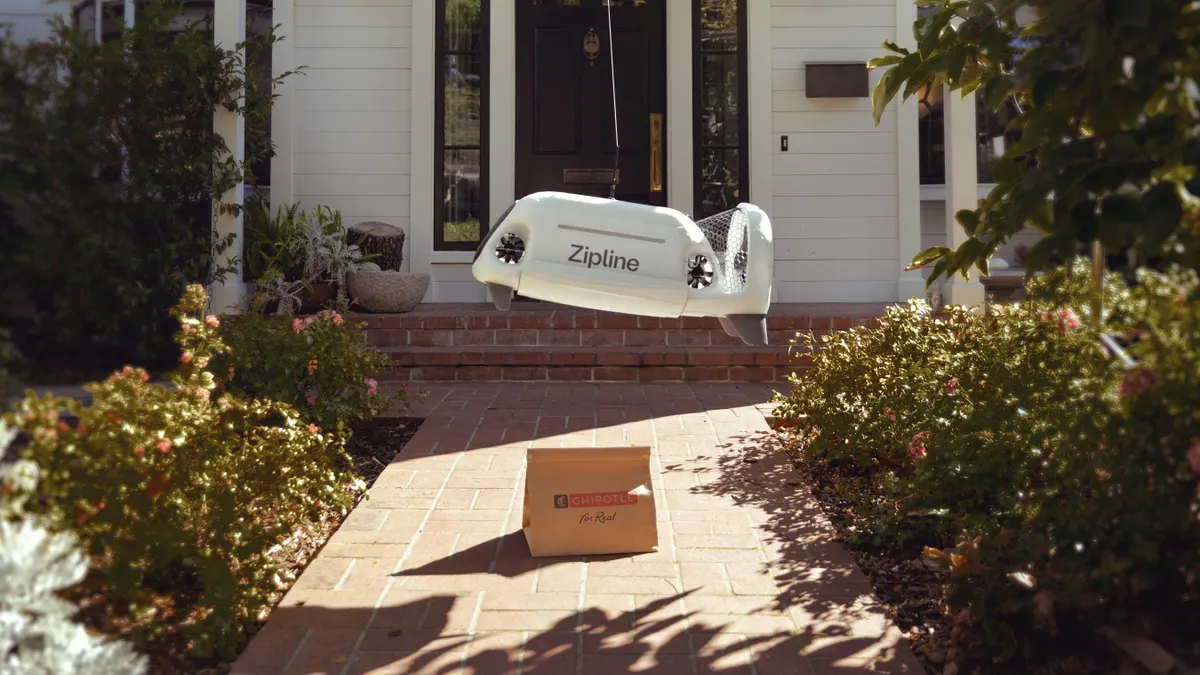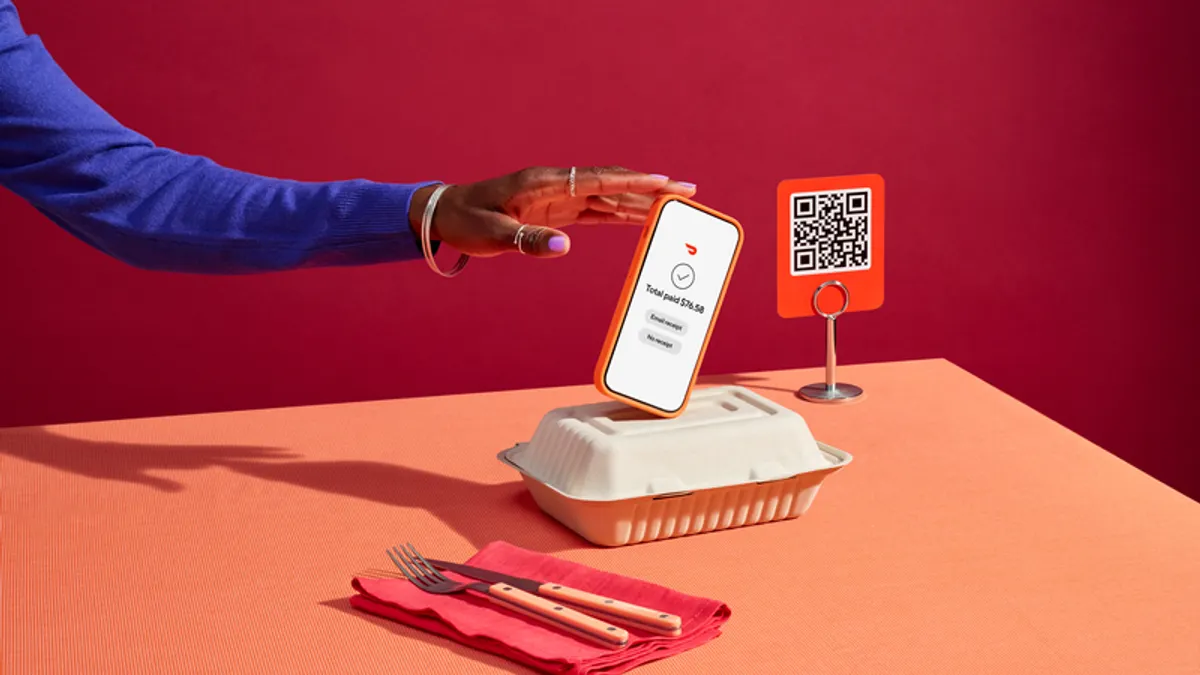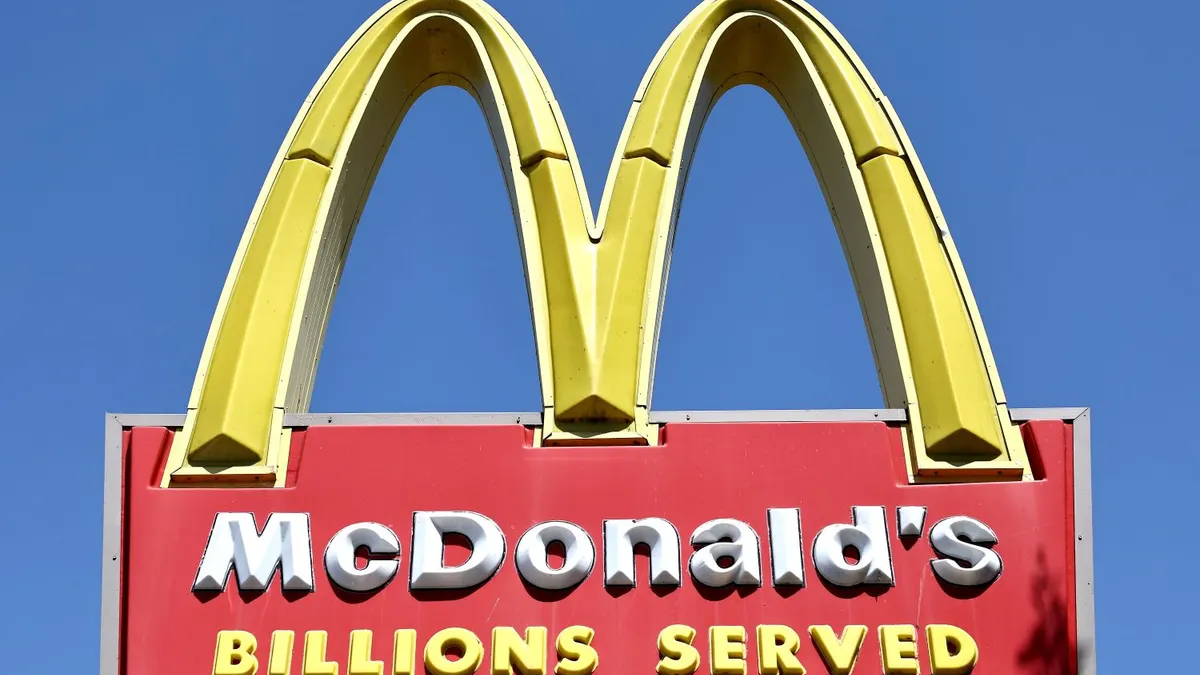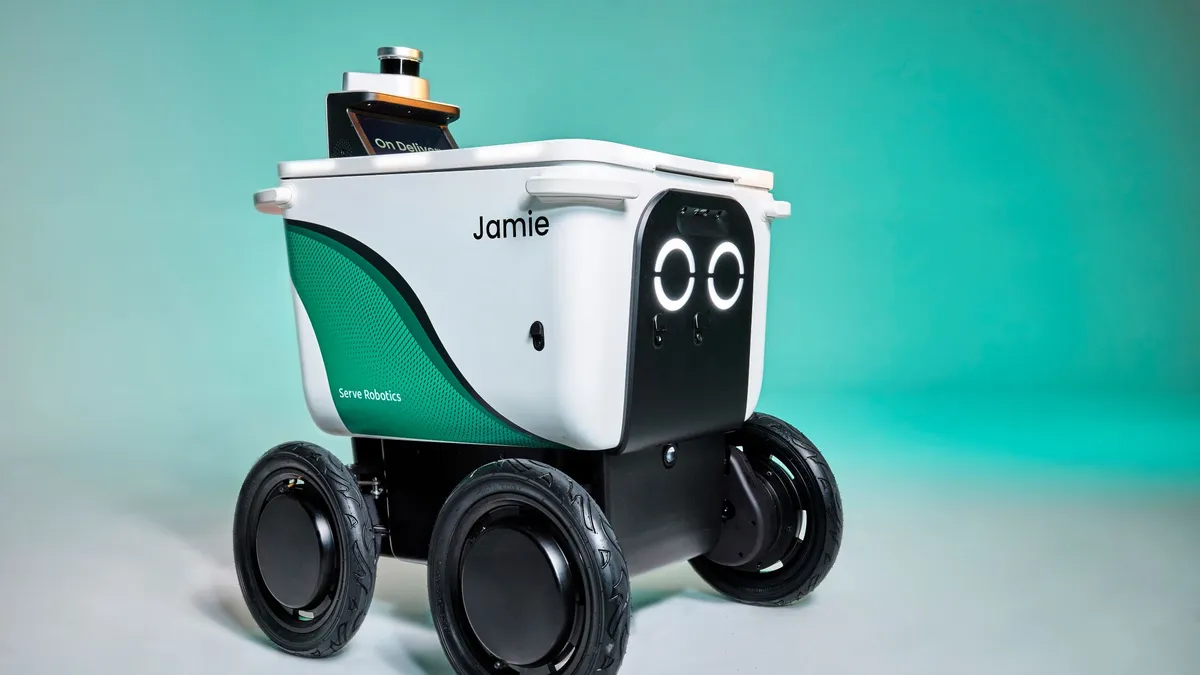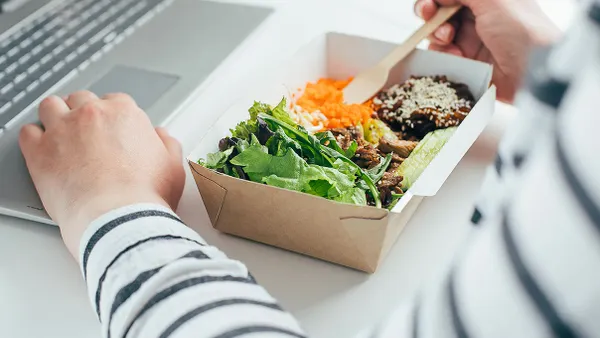Lunch Break is a series of Q&As with restaurant leaders about how their brands are overcoming industry challenges.
To better compete with QSR and fast casual rivals, casual dining chains are adding branded delivery alongside third-party partnerships to expand market share and retain control of their brand.
Applebee's is one such restaurant, launching delivery nationwide through its app and website earlier this summer. Diners order through the online platform, but orders are fulfilled by DoorDash couriers.
Restaurant Dive spoke with Scott Gladstone, Appblebee's vice president of strategy and development, about incentives for diners to order directly from the chain when it also offers the service through third-parties. Gladstone also talked about how search algorithms could hurt chains that rely only on aggregates in the future, and the pressures to keep delivery costs low for franchisees.
This interview has been edited for clarity and brevity.
RESTAURANT DIVE: How has third-party delivery been performing for Applebee's?
SCOTT GLADSTONE: We've been working with third-party delivery for about two years. We were a little late, I think, to the game but we caught up relatively quickly. From a growth perspective, it's been very strong. There was some research that came out a few months ago from Edison Trends that noted we were the fastest-growing concept out of all the [restaurants] they had studied over the previous year in terms of delivery sales growth. That's faster than McDonald's. We feel that's reflective of of our brand's positioning from a value perspective, from a variety perspective ... there's something for everybody. It is also reflective of our convenience and our scale. We have the most restaurants in the [casual] category, which then lends itself to convenience and just being in more places and being more active on those delivery platforms.
There have certainly been some challenges. I think the biggest one that has gotten some press over the last couple months has been from a profitability perspective for franchisees. We've made a big effort over the last couple of months to revisit the way that we go to market with third-party delivery and take an approach where we want our franchisees to be in a profitable position and to look at the delivery channel the same way they look at their dine-in and their other to-go channels ... so that we can make appropriate allocation decisions. And so we are taking a move where the guest will pay for the convenience in certain ways and do that in a transparent way via delivery fees and service fees. So the restaurant is able to recoup their margin and the customer pays a little bit more. That's been the solution on that front.
You also offer branded delivery. How does that work?
Gladstone: We have three lines of business within our off-premise offerings, and we view them as relatively distinct. We have our Carside To Go business, we have our delivery business and we have our catering business. Each one of them compliments the other. For direct delivery, DoorDash does the fulfillment, but all the orders come in through our website and app and then are routed out to them on the backend. I think for a lot of concepts for a number of reasons, it doesn't make sense to have your own delivery fleet that allows you to participate in the delivery market and maintain their guest data and that guest relationship, at least on the front end. [Our model] has economic benefits and helps you leverage your existing infrastructure with your online ordering.
"We've made a big effort over the last couple of months to revisit the way that we go to market with third-party delivery and take an approach where we want our franchisees to be in a profitable position."

Scott Gladstone
VP of strategy and development, Applebee's
How does Applebee's incentivize diners to order from the restaurant directly?
Gladstone: We officially launched Applebee's delivery about three months ago and that's available through our website. Now there is an option nationwide to order directly from our brand. As part of that, we offered three free weeks of free delivery and also have an integration ongoing throughout the football season where guests can get free delivery on Sundays because we have a Sunday night football promotion with NBC. So we sponsor the pre-game show. As part of that, we're offering free delivery every Sunday. So we're trying to build that channel over time for our heaviest users and most loyal guests and give them an option to order directly from us.
That's how we're approaching it — we think it's very important to have a direct relationship with [our guests]. As a corollary, Amazon just changed their algorithm so that they're promoting their own brands above the most relevant brands. It's based on search and there are a lot of risks that this same thing might happen in third-party delivery at some point. So it's critical that brands develop a direct delivery experience for their customers. At this stage we're just trying to build awareness and put some promotions together to drive people to our sites. I think the opportunity for us is certainly building our direct business. There's a lot of competition for that guest and for their attention. And the delivery companies are building their own loyalty platforms and trying to make those guests stickier. So what we need to do is continue to find ways to maintain that relationship online.
How do you choose which menu items to offer for delivery?
Gladstone: We've really looked at it from a financial rather than an operational [perspective]. We assume that if a guest wants a certain item they have a different set of expectations potentially for delivery from a quality perspective. But there are certain categories that were designed more for a dining experience than for delivery, like the Two for $20 value category. So those are things that franchisees have discretion of and they don't typically offer those [deals] on third-party, but menu items are generally available.
"Amazon just changed their algorithm so that they're promoting their own brands above the most relevant brands. ... There are a lot of risks that this same thing might happen in third-party delivery at some point. So it's critical that brands develop a direct delivery experience for their customers."

Scott Gladstone
VP of strategy and development, Applebee's
Have you considered using ghost kitchens to expand your delivery footprint?
Gladstone: We've had exploratory conversations at this stage. I think there's a question mark as to the top-line potential from a delivery-only kitchen. You have to be in the right location. But it's a very compelling vehicle potentially from a cost perspective to get into a new market and expand the brand. It's something we're looking at, but it's not something that we've done or pursued yet.
Has delivery helped Applebee's compete with the convenience QSRs and fast casuals offer?
Gladstone: Yeah, I believe so, especially in fast casual. There's been a segment trend for a decade of casual dining losing traffic to fast casual because of the convenience of fast casual and the amount of time it takes to make an order and sit down. There are a lot of folks who don't have time to come in and go through the whole [casual] dining experience. So that's why we've tailored these to-go and delivery options for them. And really it should be as fast as two-minutes to order on your app and then you just have to wait for the food to arrive. For a lot of occasions that makes sense, and I think it helps bring us relevance.
I think the growth is there. We have the most scale and convenience in the category, so we're naturally well positioned to win in the space. We need to continue to build awareness for our offering. It's a trend. Our challenge is making a sustainable line of business going forward for our franchisees.







